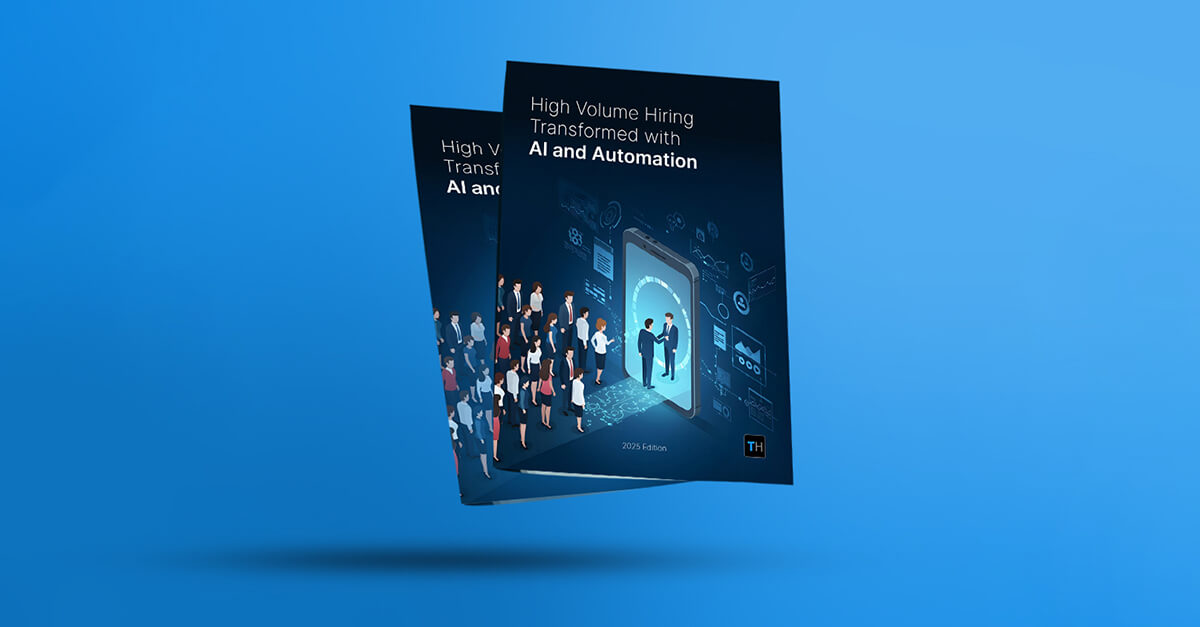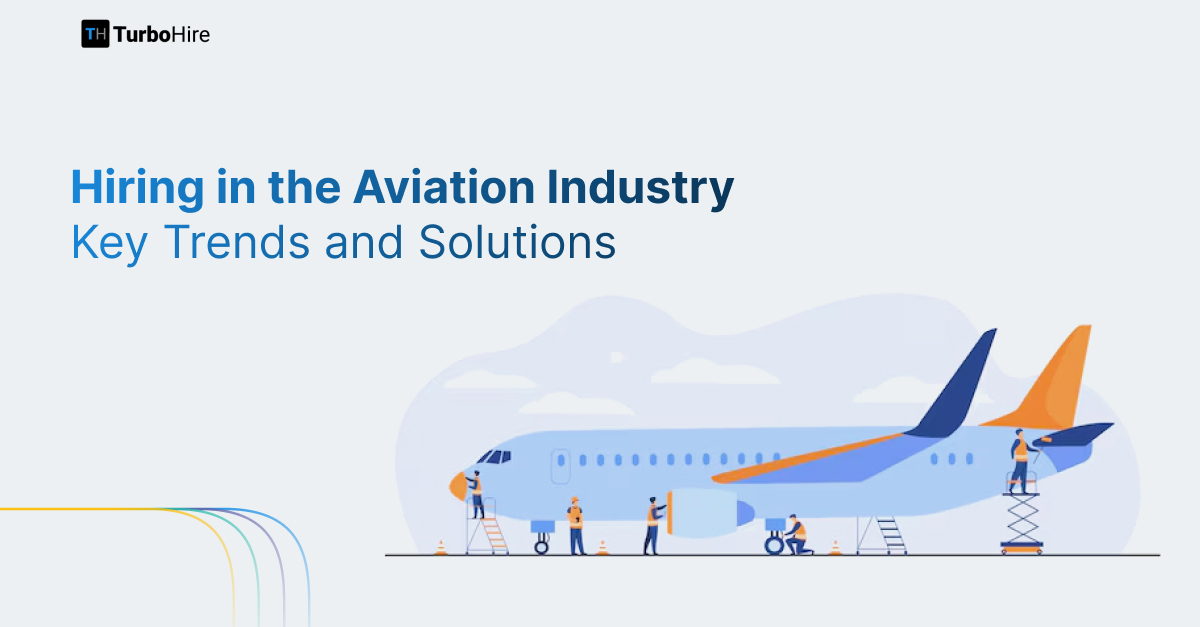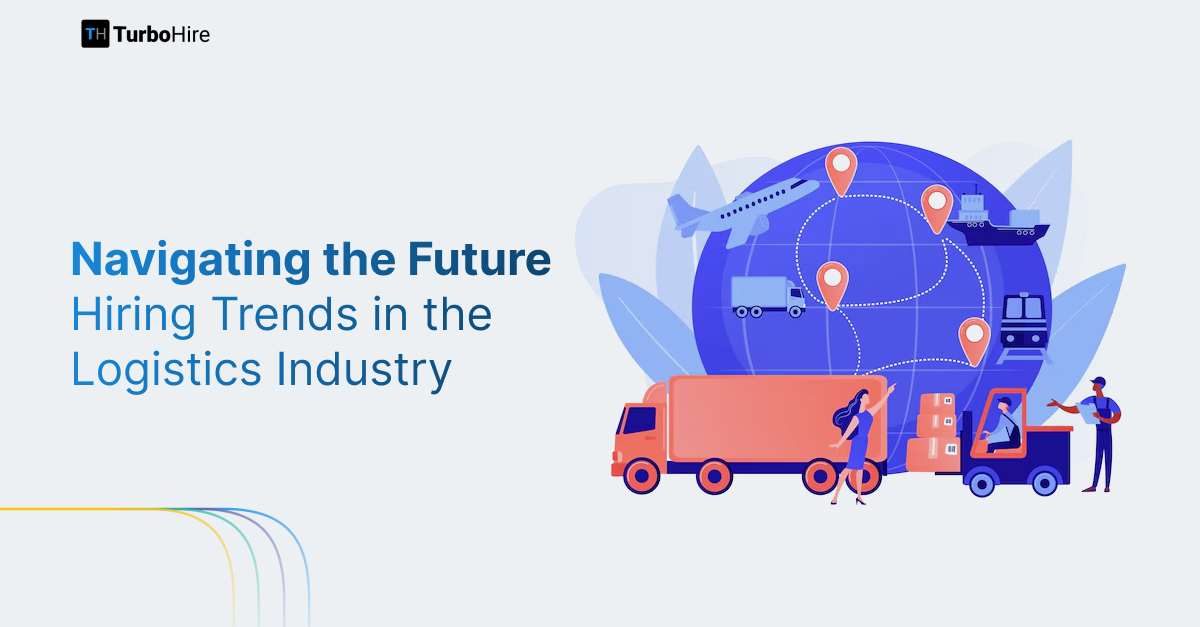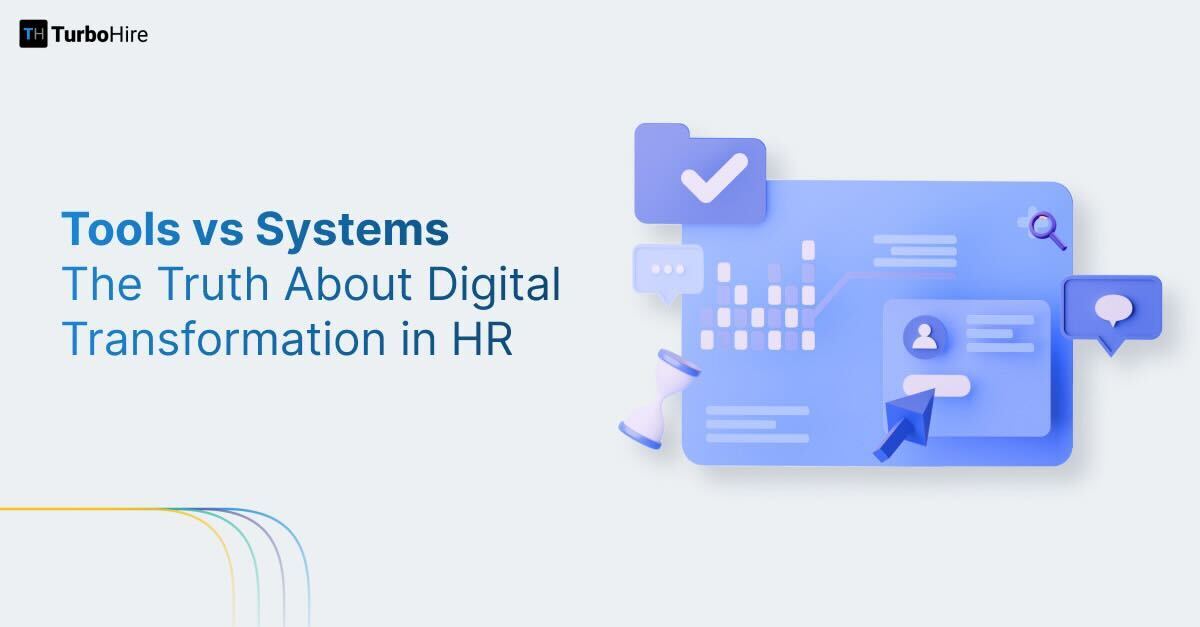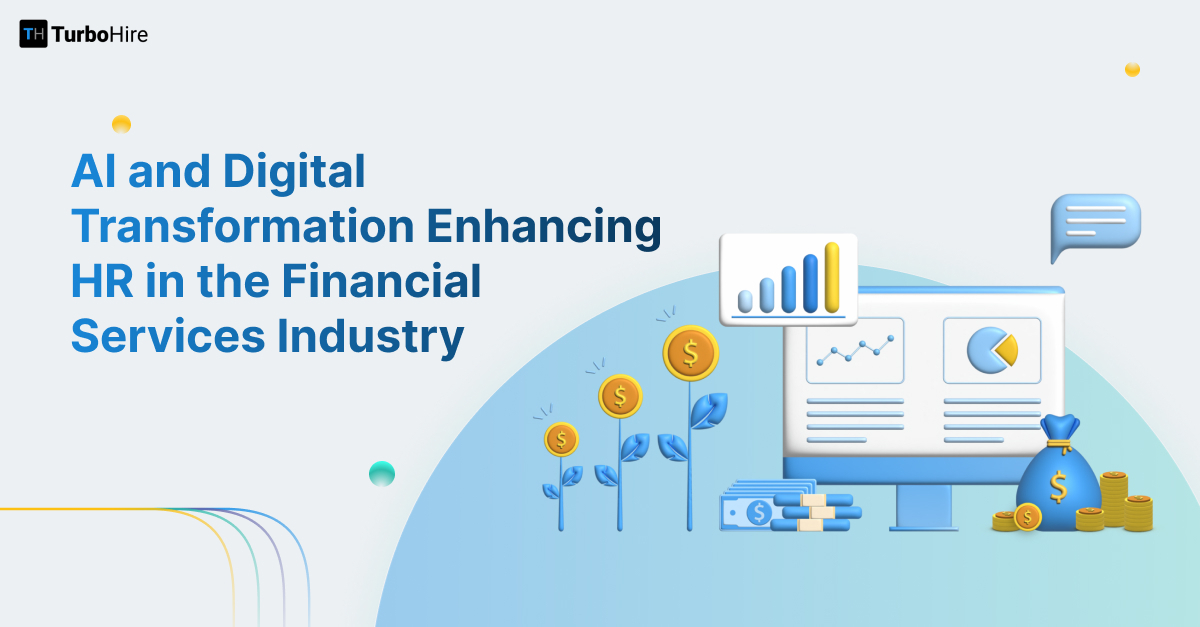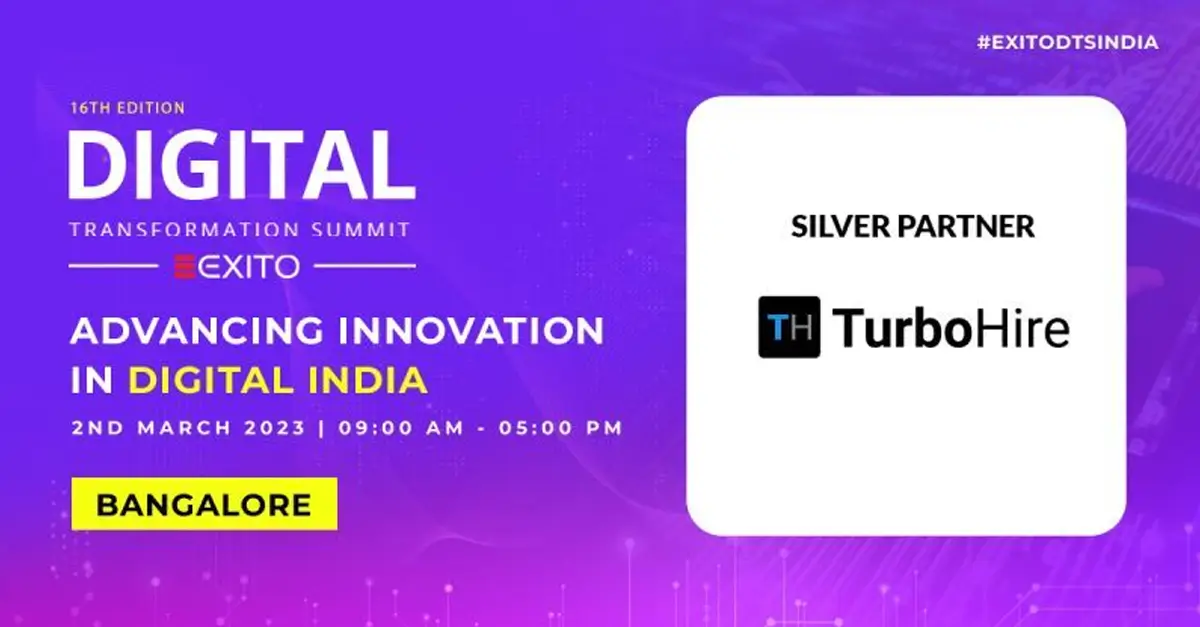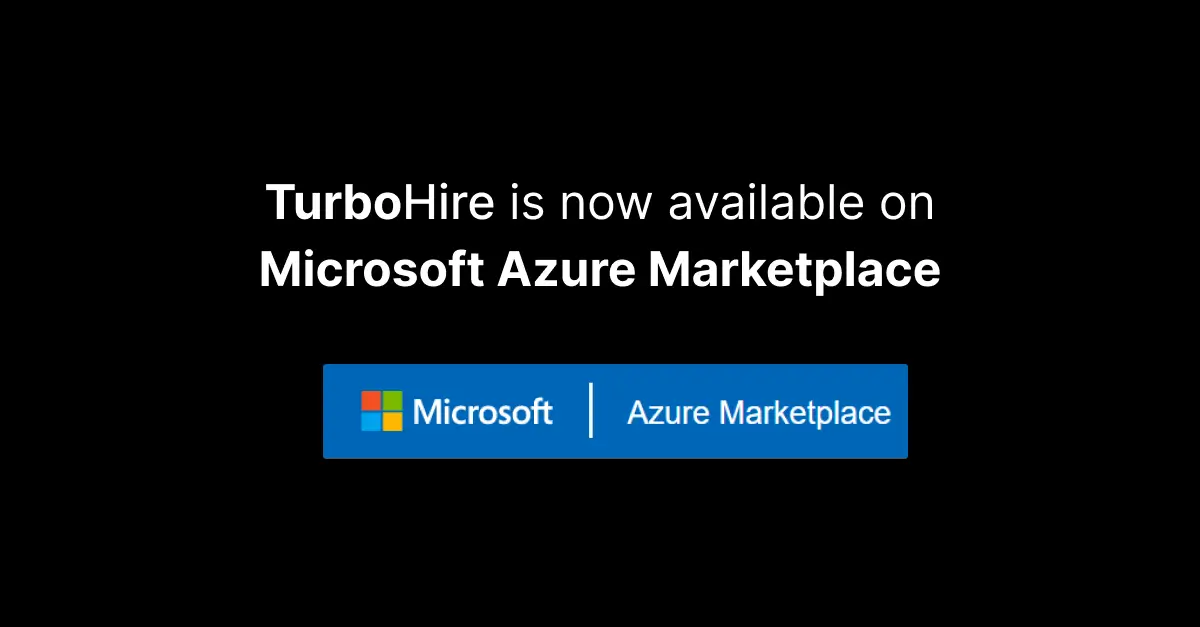Introduction
In today’s fast-paced hiring environment, resume parsing has become a game-changer for organizations aiming to hire faster and smarter. With job openings attracting hundreds of applications, manually reviewing resumes is inefficient, inconsistent, and prone to human bias. Automated resume parsing solves this challenge by using advanced AI and Natural Language Processing (NLP) to extract structured data from resumes.
This technology enables hiring teams to quickly access critical candidate information such as skills, work experience, education, and certifications. By converting unstructured documents into searchable and analyzable data, resume parsing helps recruiters and hiring managers make informed decisions more efficiently.
As companies continue to embrace digital transformation in hiring, resume parsing supports streamlined workflows, faster shortlisting, and improved candidate engagement. It reduces manual effort, ensures consistency, and helps identify top candidates with greater accuracy.
In a landscape where AI-driven hiring and automated screening are becoming essential, resume parsing empowers organizations to scale their recruitment operations, reduce time-to-hire, and improve the overall hiring experience. For businesses looking to stay ahead, integrating resume parsing into the hiring process is no longer a luxury—it’s a strategic necessity.
Understanding Resume Parsing
Resume parsing is the process of automatically extracting relevant information from a resume and converting it into a structured format that can be easily analyzed and stored. Rather than having recruiters sift through each application manually, resume parsing uses Artificial Intelligence (AI) and Natural Language Processing (NLP) to identify and organize key details such as a candidate’s name, contact information, work history, education, skills, and certifications.
At its core, resume parsing enables automated resume screening, helping hiring teams quickly identify the most suitable candidates from large volumes of applications. The technology is designed to understand different resume formats—whether PDF, Word, or plain text—and standardize the data for consistent evaluation.
Here’s how resume parsing typically works:
- Document Upload: The resume file is uploaded into the hiring platform or system.
- Text Extraction: The parser scans the file, reads the content, and extracts raw text from the document.
- Data Segmentation: Using advanced NLP techniques, the extracted text is broken down into structured categories like contact information, professional experience, academic background, skills, and more.
- Semantic Analysis: The parser goes beyond keywords—it understands context and relevance. For example, it can distinguish between a skill listed as a job requirement and a skill the candidate actually possesses.
- Structured Output: The final result is a clean, searchable profile that allows recruiters to filter and sort candidates based on specific parameters.
By automating this process, resume parsing eliminates tedious manual entry, speeds up the hiring process, and ensures greater consistency across candidate evaluations. This technology is especially useful when dealing with high-volume hiring, bulk resume screening, and diverse resume formats.
As hiring becomes increasingly digital and data-driven, resume parsing plays a crucial role in helping organizations stay efficient, reduce time-to-hire, and find the right talent faster.
Indian Enterprises: Resume Parsing Expectations
As hiring demands grow across sectors in India, resume parsing has become a key component in streamlining talent acquisition. The diversity of applicant profiles, hiring volumes, and documentation styles has shaped specific expectations from resume parsing solutions. Below are three primary areas where Indian enterprises typically focus when evaluating parsing capabilities.
1. High-Volume Hiring
Many organizations in India manage large-scale hiring processes, including campus drives, walk-in interviews, and seasonal recruitment cycles. In such scenarios, resume parsing tools are expected to handle high volumes of resumes efficiently, enabling quicker shortlisting without compromising on accuracy. The ability to parse bulk uploads and maintain consistent data extraction becomes particularly relevant in these high-throughput environments.
2. Emphasis on Education and Experience
Educational background and work experience are often central to candidate evaluation. Parsing tools are generally expected to identify degrees, institutions, certifications, and job roles accurately, even when listed in varied formats. This includes recognizing internships, freelance projects, and differentiating between part-time and full-time roles, supporting better alignment with job-specific criteria.
3. Language and Format Diversity
Resumes submitted in the Indian job market vary in structure, layout, and language. While English is common, resumes may also include regional language elements. File formats range from PDFs and Word documents to scanned images or mobile screenshots. Resume parsers are expected to manage this diversity in language and formatting to ensure comprehensive data capture and reliable parsing across all resume types.
Global MNCs: Resume Parsing Expectations
Multinational companies (MNCs) operating across regions often manage complex and high-volume hiring processes. Their expectations from resume parsing technology reflect the need for consistency, accuracy, and integration across diverse geographies. Below are three key areas of focus when it comes to resume parsing for global enterprises.
1. Integrated Hiring Systems
Global organizations typically operate with multiple platforms for sourcing, screening, and onboarding candidates. Resume parsing solutions are expected to integrate seamlessly with existing hiring ecosystems, including enterprise software, recruitment platforms, and third-party tools. A parser that enables smooth data flow across systems supports better collaboration among global hiring teams and ensures a unified view of candidate data.
2. Skills-Based Parsing
A growing number of MNCs are shifting from role-based hiring to skills-first hiring models. Resume parsers are expected to extract and categorize technical and soft skills with a high degree of precision. This includes identifying skills from various resume sections and understanding the context in which they are mentioned—whether acquired through formal experience, certifications, or projects.
3. Emphasis on Global Resume Standards
Resumes submitted to multinational companies often follow different international formats, reflecting regional preferences and industry norms. Resume parsing tools are expected to recognize and process global variations in structure, terminology, and formatting. Consistency in how data is extracted—regardless of region—supports fair and efficient evaluation across global talent pools.
For global MNCs, resume parsing is more than just a data extraction tool—it serves as a foundation for consistent, scalable, and skills-aligned hiring practices. Parsing solutions that align with enterprise systems, adapt to global formats, and support skill-based evaluation contribute to more informed and streamlined decision-making across geographies.
Key Challenges in Resume Parsing
Despite its growing adoption, resume parsing technology continues to face several challenges that can impact the accuracy and reliability of candidate data extraction. Understanding these limitations is crucial for organizations looking to build more efficient and fair hiring processes.
1. Unstructured Resume Formats
Resumes come in countless styles, layouts, and file formats, making uniform data extraction difficult. Many candidates use custom-designed templates, include infographics, or format text in unconventional ways. These unstructured formats can hinder parsers from correctly identifying essential information like job titles, timelines, and qualifications.
2. Multilingual Parsing
In global and multilingual regions, resumes are often submitted in local or regional languages. Traditional parsers may struggle to accurately extract data when dealing with non-English or mixed-language resumes. This limits their effectiveness in diverse hiring environments where multilingual talent is common.
3. Bias and Irrelevant Matches
Basic parsing tools can sometimes over-rely on keyword matching, leading to false positives or irrelevant candidate matches. In some cases, these tools may even reinforce unconscious bias by prioritizing certain educational institutions or work histories over actual skills and potential.
AI Fixes: Bridging the Parsing Gap
Emerging AI-powered resume parsing technologies are helping address the traditional limitations of parsing systems. These solutions bring advanced capabilities that improve both the quality and fairness of candidate evaluation.
1. Contextual Understanding with AI
Unlike rule-based parsers, AI-driven systems can interpret data based on context. By leveraging Natural Language Processing (NLP) and machine learning, these tools understand the meaning behind job roles, achievements, and timelines—rather than just matching terms. This results in more relevant and structured candidate profiles.
2. Multilingual and Format-Agnostic Parsing
Modern AI tools are designed to handle multiple languages and varied document formats with ease. Whether a resume is written in English, Hindi, French, or a regional dialect—and whether it’s a PDF, Word doc, or mobile screenshot—AI-powered parsers offer language flexibility and format-agnostic processing for broader applicant coverage.
3. Skill Extraction and Ranking Algorithms
AI-based parsers go beyond basic keyword scanning by using skill extraction and ranking algorithms. These systems can assess the relevance, frequency, and depth of a candidate’s skills—helping hiring teams prioritize applicants based on competency rather than resume styling. This leads to smarter candidate shortlisting aligned with job requirements.
Advancing Resume Parsing with AI
As organizations seek to modernize their hiring strategies, AI-powered parsing offers a significant leap forward. By addressing challenges related to format, language, and matching accuracy, these tools support faster, fairer, and more precise hiring outcomes across industries.
TurboHire’s Role in Intelligent Resume Parsing
TurboHire is an end-to-end hiring solution for enterprises, designed to address the full spectrum of hiring needs—from niche roles to high-volume recruitment. By leveraging the power of Agentic AI, Generative AI, and intelligent automation, TurboHire streamlines and scales hiring processes across all role types, including white-collar, grey-collar, and blue-collar positions.
Whether it’s engaging candidates, screening resumes, coordinating interviews, or managing approvals, TurboHire supports every stage of the hiring journey—making it adaptable for diverse industries and workforce segments.
TurboHire’s resume parser is built with advanced Artificial Intelligence (AI) and Natural Language Processing (NLP) capabilities that go far beyond basic keyword matching. Designed to extract structured, context-aware information from resumes, the parser accurately identifies and organizes candidate details such as Contact information, Education history, Work experience, Skills and certifications, Languages, tools, and technologies.
What makes TurboHire’s resume parser truly intelligent is its ability to understand context, not just content. It distinguishes between current and past roles, interprets project details, and identifies relevant skills—even when spread across multiple resume sections or expressed in different ways.
TurboHire also supports multilingual and format-agnostic parsing, enabling accurate data extraction from PDFs, Word documents, scanned images, and even mobile screenshots in various languages.
Additionally, it is designed to be bias-resistant, focusing on skills and experience rather than name, age, or background—enabling fairer and more inclusive candidate evaluations.
Conclusion
As the global workforce becomes more distributed, diverse, and digitally connected, the role of resume parsing is expected to expand significantly. In this evolving landscape, hiring teams require tools that can not only keep pace with large application volumes but also adapt to regional nuances, skills-first hiring trends, and varied candidate expectations.
Future-ready resume parsers will go beyond data extraction to deliver deeper insights—such as role relevance, career trajectory, and potential fit—by combining contextual AI, multilingual processing, and real-time data enrichment. The focus will increasingly shift toward fairness, transparency, and intelligent automation to ensure unbiased hiring decisions and consistent evaluation across global talent pools.
Solutions like TurboHire are paving the way by integrating Agentic AI, Generative AI, and automated decision support, helping enterprises move toward faster, more informed, and inclusive hiring practices. In a global talent market where agility and accuracy matter, intelligent resume parsing will continue to play a critical role in building scalable and effective hiring systems.


